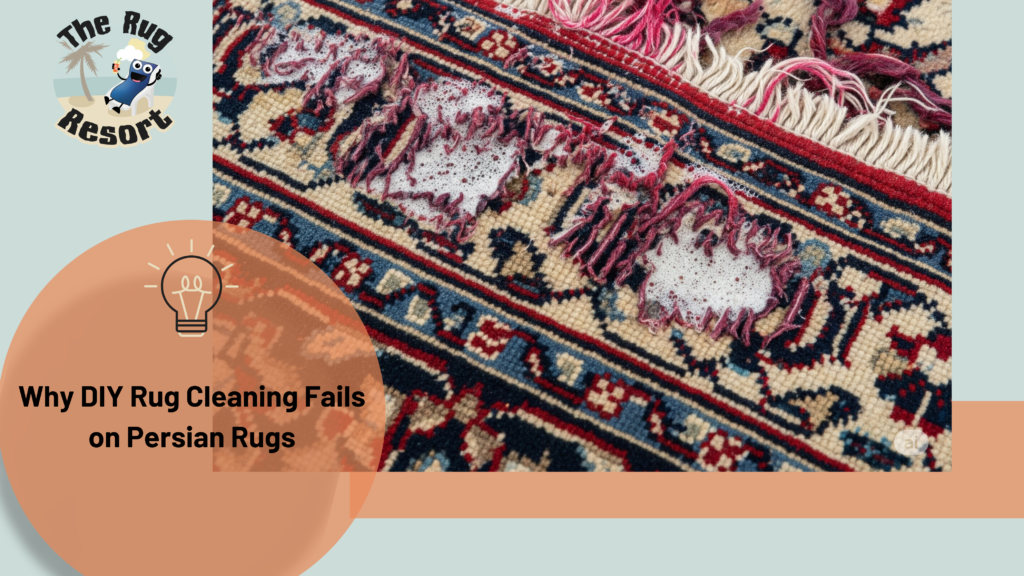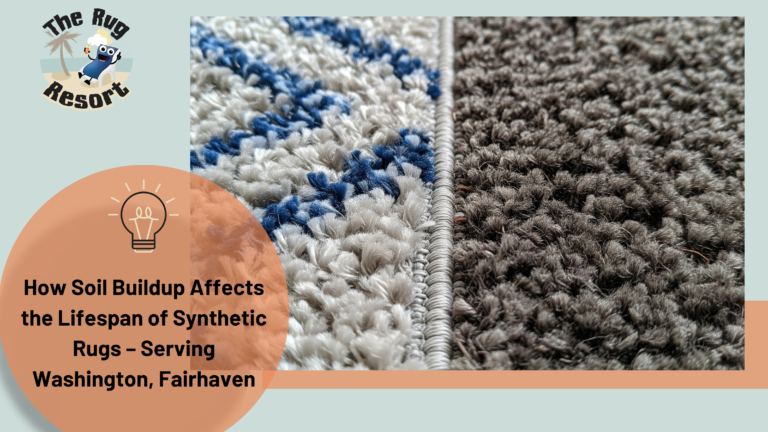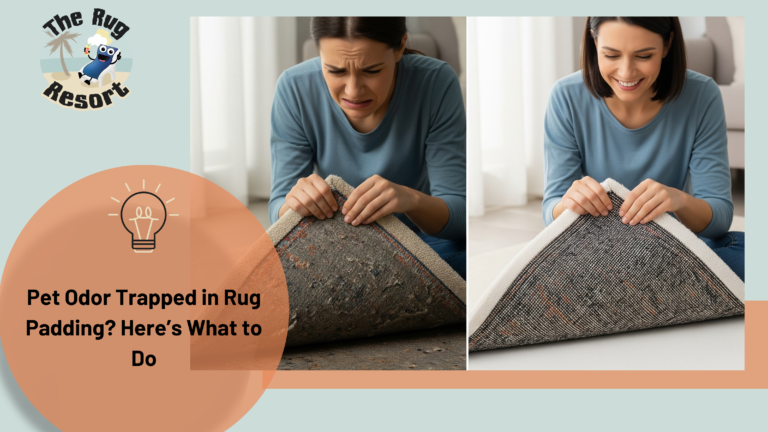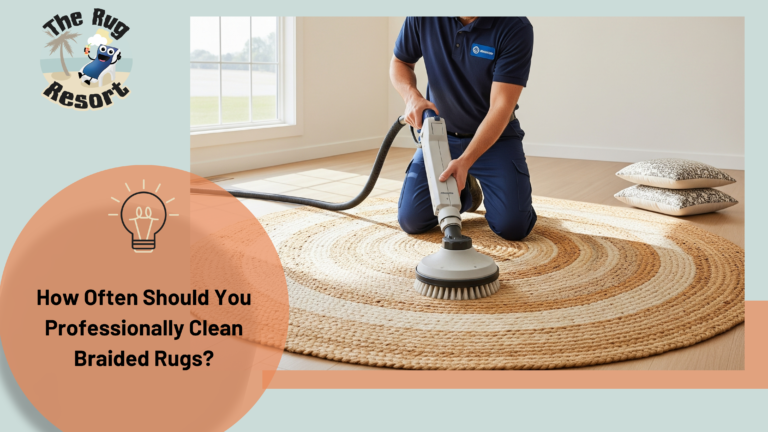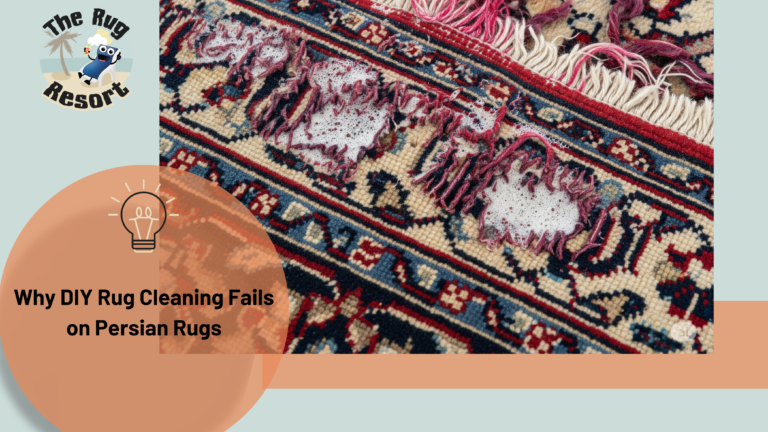Persian rugs are more than just floor coverings; they’re heirlooms, investments, and works of art crafted over months or even years. They add timeless elegance to any home, but when it comes time to clean them, many homeowners make the same mistake: attempting to do it themselves. While it might seem harmless, DIY rug cleaning can cause permanent damage to Persian rugs. Here’s why these beautiful, hand-knotted pieces need specialized care and why professional cleaning is worth every penny.
The Unique Nature of Persian Rugs
Before diving into why DIY fails, it helps to understand what makes Persian rugs so delicate:
- Natural fibers: Most Persian rugs are woven from wool, silk, or cotton.
- Vegetable dyes: These traditional dyes can bleed easily when exposed to excess moisture or harsh chemicals.
- Hand-knotted structure: Each knot is tied individually, and over-wetting or scrubbing can loosen them.
These features make Persian rugs special, but also extremely sensitive to improper cleaning.
1. Risk of Color Bleeding
One of the biggest problems with DIY rug cleaning is color bleeding. Many Persian rugs use natural vegetable dyes that aren’t sealed like modern synthetic dyes.
- DIY methods often involve too much water or soap.
- Excess moisture can cause colors to bleed into one another, ruining intricate patterns.
- Even a mild detergent or vinegar solution can trigger bleeding if not carefully tested.
Professional rug cleaners do colorfastness tests and use pH-balanced solutions to protect dyes.
2. Over-Wetting and Water Damage
Most DIY guides suggest soaking rugs, using carpet shampooers, or scrubbing with water-based cleaners. But Persian rugs aren’t like synthetic carpets:
- Wool and silk absorb water quickly and dry slowly.
- Excess moisture seeps into the foundation, leading to mildew and mold.
- Prolonged dampness can warp the shape and loosen knots.
Professionals use controlled moisture techniques and specialized drying equipment to avoid these risks.
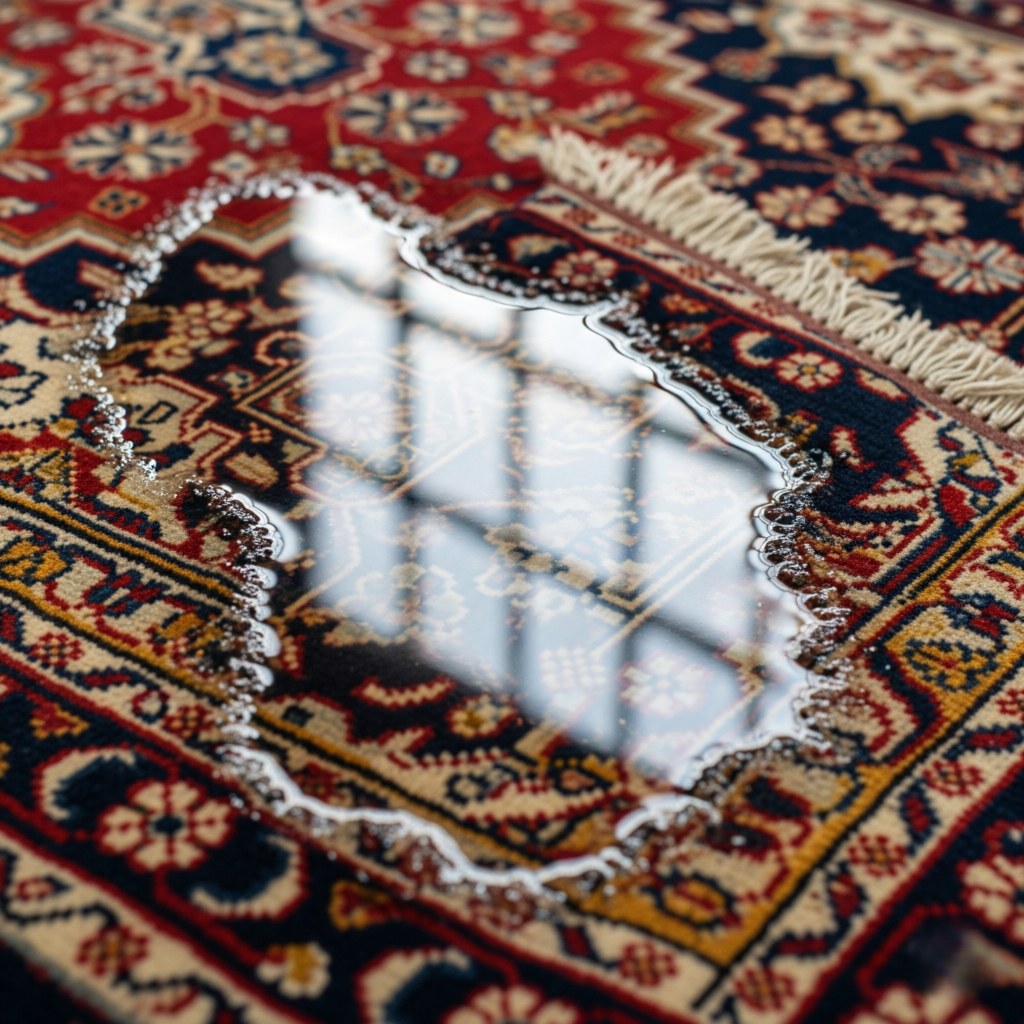
3. Harsh Chemicals and pH Imbalance
Common household cleaners or even “gentle” carpet shampoos aren’t designed for natural fibers:
- Harsh chemicals strip natural lanolin from wool, making rugs stiff and dull.
- High or low pH cleaners can damage delicate silk fibers.
- DIY stain removers may bleach or discolor specific areas.
Professional cleaners use pH-neutral solutions tailored to the fiber and dye type.
4. Abrasive Scrubbing
DIY often involves scrubbing with brushes or sponges:
- Scrubbing distorts hand-knotted pile and can break delicate fibers.
- Over time, this thins the rug and makes patterns look blurry.
Instead, professionals use gentle agitation and soft brushes specifically designed for antique and handmade rugs.
5. Incomplete Dirt Removal
Vacuuming and surface washing only remove dirt from the top layer:
- Persian rugs trap fine dust, sand, and grit deep inside the pile.
- This grit wears down fibers every time someone walks on the rug.
Professional cleaners use dusting machines or air dusters to remove embedded grit before washing, something DIY methods can’t do.
6. Drying Challenges
After DIY cleaning, many homeowners leave rugs to air dry:
- Rugs laid flat can trap moisture on the underside.
- Hanging a wet rug by the ends can stretch and distort its shape.
Professionals dry rugs evenly, sometimes flat on raised drying racks, with controlled airflow to preserve shape and prevent mold.
7. Hidden Damage Gets Worse
DIY cleaning might look successful at first, but problems often show up later:
- Moldy odors weeks after cleaning.
- Waviness or buckling from uneven drying.
- Colors are dulling or fading over months.
Professionals check for existing damage and reinforce weak spots before cleaning.

Why Professional Cleaning Is Worth It
Certified rug cleaners:
- Test dyes and fiber types first.
- Use equipment designed for delicate, hand-knotted rugs.
- Remove dirt, stains, and allergens safely.
- Dry rugs properly to prevent warping and mold.
Most experts recommend professional cleaning every 1–3 years, depending on the frequency of use and environmental conditions.
DIY Maintenance You Can Do Safely
While deep cleaning should be left to professionals, here’s how you can keep your Persian rug beautiful between cleanings:
- Vacuum gently without using the beater bar.
- Rotate the rug every 6–12 months to even out wear.
- Blot (never scrub) spills immediately with a clean, dry cloth.
- Keep rugs out of direct sunlight to reduce fading.
Conclusion: Protecting Art Underfoot
Persian rugs are more than decorations; they’re art, history, and often cherished family heirlooms. While it’s tempting to save money with DIY cleaning, the risk of color bleeding, fiber damage, and mold far outweighs the cost of professional care. By understanding why DIY cleaning fails and investing in expert help, you’ll keep your Persian rugs vibrant, healthy, and beautiful for generations to come. Contact us today!

